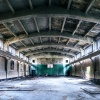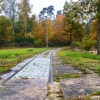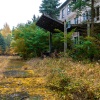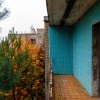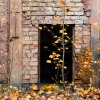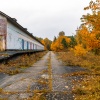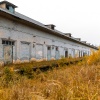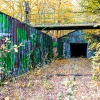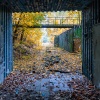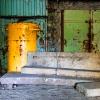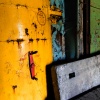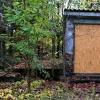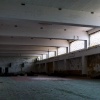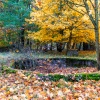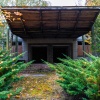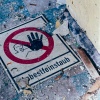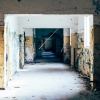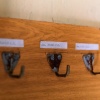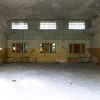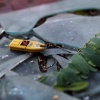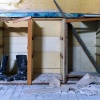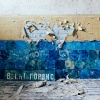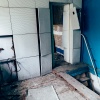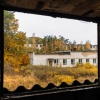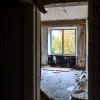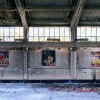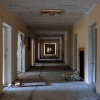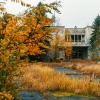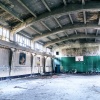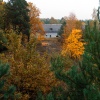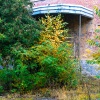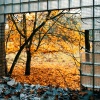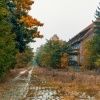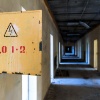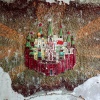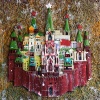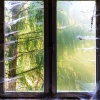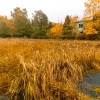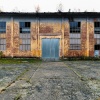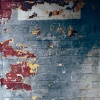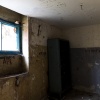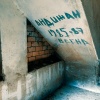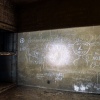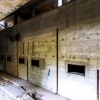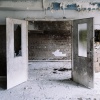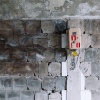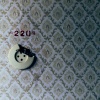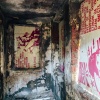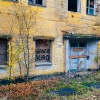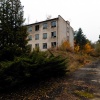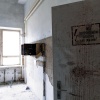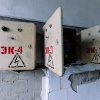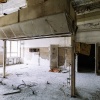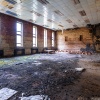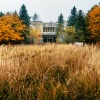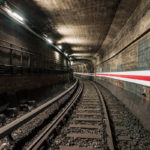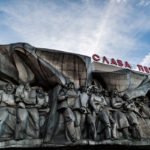East Germany’s Soviet Heritage – Seewerk: Nazi Mystery and secret Soviet Battle Control Centre
Deep in the forest at the gates of Berlin lies a secret of the Nazi and Soviet times, the Falkenhagen bunker. The site, also known as Seewerk, served the Soviets as the most secret and important battle control centre in the Cold War.
Regardless of time, place and far beyond its borders, Wünsdorf has always been a well-known military site. First being used by the Prussians, then by the Nazis and finally by the Soviets. For the latter, the Red Army, Wünsdorf served as location for their high command.
Again widely known, including Western powers and forces, that means Wünsdorf became automatically an attack target in case of confrontation. Thus, a secret command post was needed, a secret command nobody had on the radar screen: that is Seewerk. Seewerk was a camouflage name for a Nazi explosive ordnance factory. Back then Deutsche Sprengchemie GmbH company produced “N-Stoff” and Sarin near Berlin.
Even today canisters and barrels having a simply completely unknown content can be found there. And also the Russians, who used the site later, did not always behave well. Just think of he usual discussion about ammunition remnants or the handling of oils and lubricants. Hence the ground of the Seewerk is certainly as locally contaminated like it is in the former tank battalion Krampnitz.
The mystic site in the middle of the forest near Falkenhagen (Mark) was conquered and occupied by Red Army in 1945. The Soviets gradually expanded Seewerk into the most secret and important command post of Red Army outside Soviet Union. That required secrecy, hence first, beginning in 1945, Seewerk was shrouded in military hospital or sanatorium legend, and after 1959 as a large motor vehicle repair shop.
Seewerk, only about an hour’s drive from the city centre
Until 1965 the NVA (National People’s Army of East Germany) was ordered to expand the Seewerk facilities to become a large bunker and a battle control centre. After that, no German was allowed anymore to enter the site. The battle control centre itself had a hot and direct line to both Wünsdorf and Moscow. However apparently it was not integrated into the strategic tropospheric radio system BARS the Warsaw Pact was using.
Thus, the Falkenhagen bunker was probably a pure Soviet thing into which nobody else could interfere. However, this special position did not arise until 1979 and was primarily due to the overall political situation in Poland and Eastern Europe.
The actual bunker is surrounded by various supply buildings, a drill ground and also a sports hall. The latter illustrates like no other the terrible condition of all buildings and walls. Since there are plenty unknown contaminated sites as well as hidden air shafts leading down to the bunker, entering and exploring the area is sheer lottery, what made authorities close the site back in 2012.
Between 2012 and 2019 the area in the East of Berlin laid abandoned and decayed. Apparently quite some trouble was going on about its usage, as local newspapers regularly reported about Seewerk. At the moment it appears that the area could have been successfully rented as it is serving as stage to soft and paint ball lovers. Here is a drone video showing the Seewerk area.

